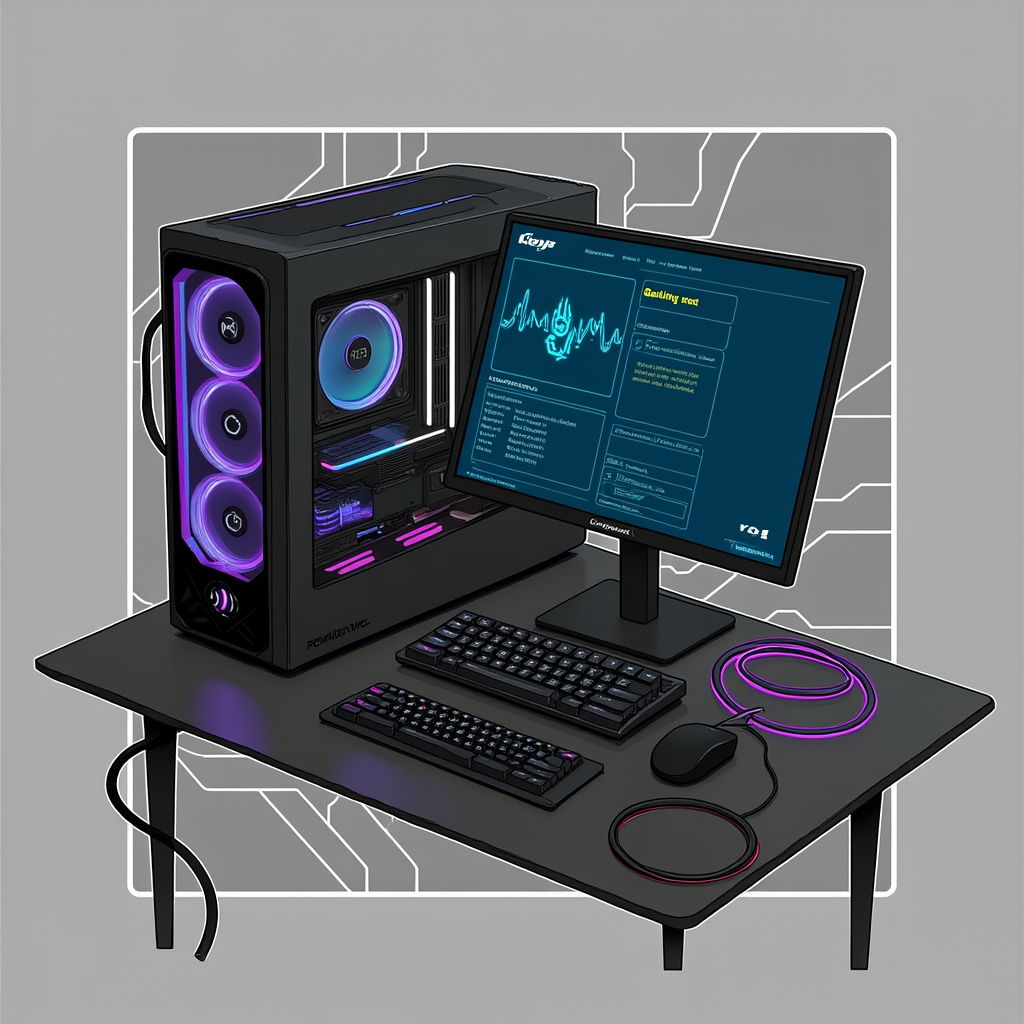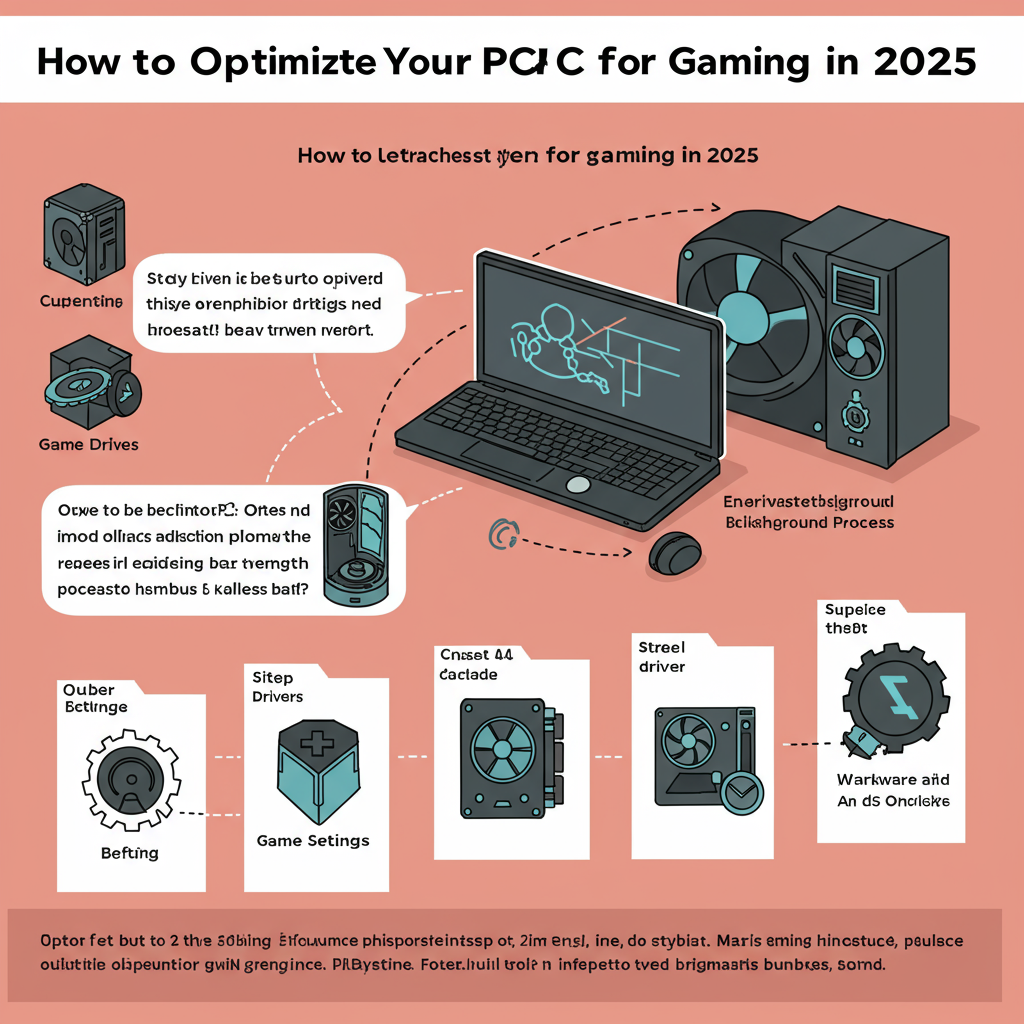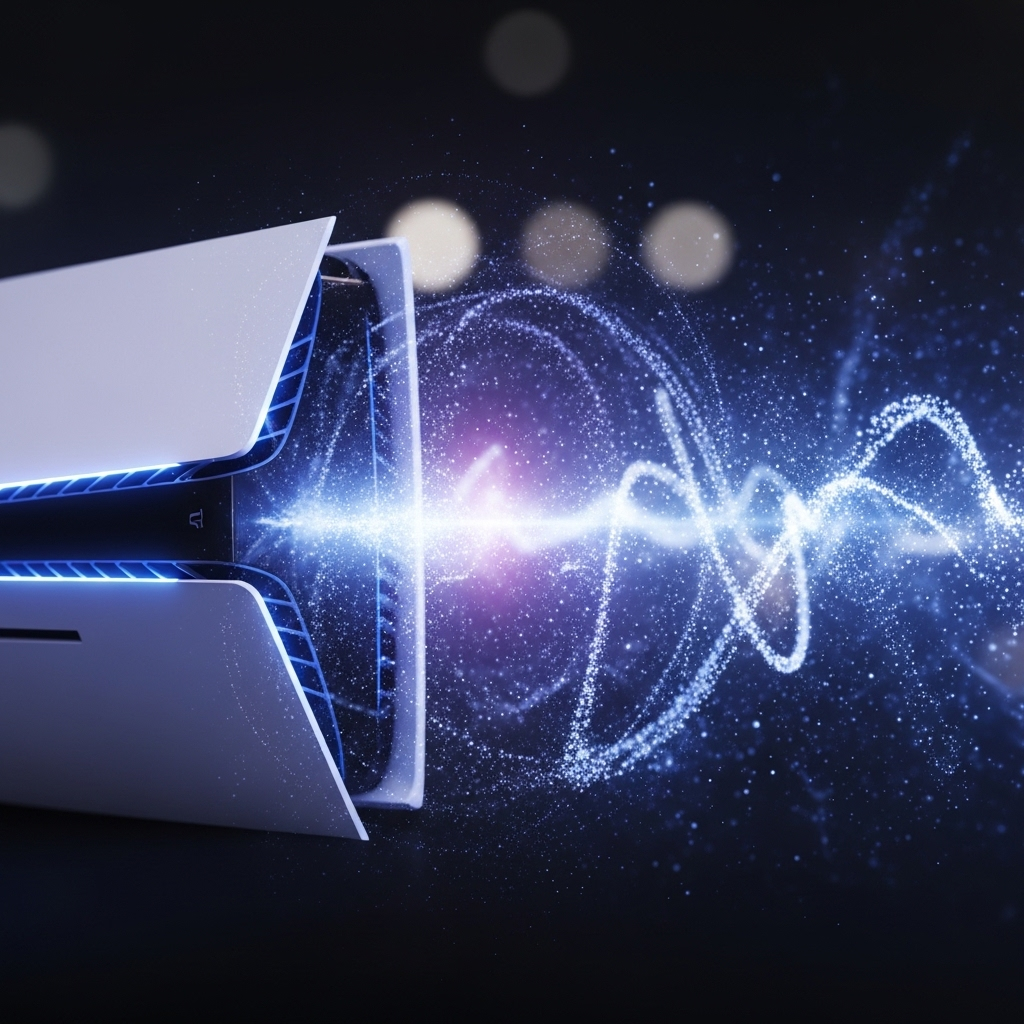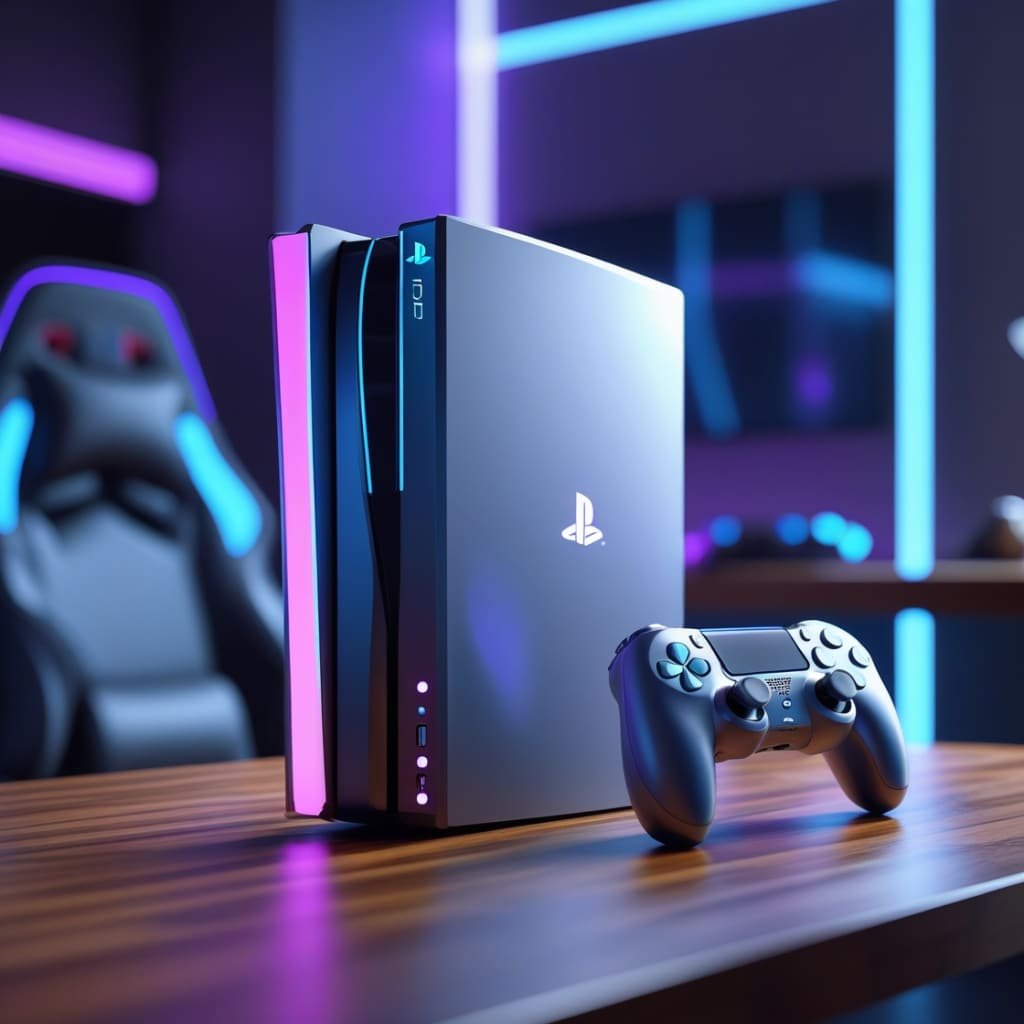Game
How to Optimize Your PC for Gaming in 2025

Ever had your game freeze right when you’re about to win? You’re deep in a heated match, heart racing, and—poof—your PC stutters like it’s stuck in quicksand. Infuriating, isn’t it? Don’t sweat it! You don’t need to be a tech wizard or break the bank to optimize your PC for gaming. With a few simple tweaks, you can make your rig run like a dream, delivering silky-smooth gameplay. Whether you’re blasting through a shooter or wandering a massive open-world game, these steps will supercharge your experience. Ready to make lag a thing of the past? Let’s jump in!
Key Takeaways
- Keep graphics drivers updated for better game performance.
- Adjust game settings to get the best balance of visuals and speed.
- Free up storage space to prevent slowdowns and long load times.
- Close unnecessary apps to free up system resources.
- Upgrade RAM or switch to an SSD for a major performance boost.
Short Answer: How to Optimize Your PC for Gaming
To optimize your PC for gaming, update your graphics drivers, tweak in-game settings, clean up your hard drive, shut down background apps, and consider affordable hardware upgrades like more RAM or an SSD. These steps will improve FPS, reduce lag, and make your games run smoother.
Why You Need to Optimize Your PC for Gaming

Imagine you’re racing through a game, dodging enemy fire, when suddenly your screen jerks like a bad internet connection. Or maybe the game takes forever to load, leaving you staring at a loading screen. Optimizing your PC for gaming fixes these headaches. It’s like tuning up a car before a big race—your PC needs to be in top shape to handle modern games. In 2025, games are bigger and flashier, demanding more from your system. A few smart changes can turn a sluggish rig into a gaming powerhouse. Let’s walk through how to do it, step by step.
Step 1: Update Your Graphics Drivers
Your graphics card is the muscle behind those epic game visuals—think glowing explosions or lush forests. But if its drivers (the software that runs the card) are out of date, your games won’t perform at their best. It’s like trying to cook a gourmet meal with a dull knife. Updating drivers is a quick way to optimize your PC for gaming.
Visit the website for your graphics card brand, like NVIDIA or AMD. Download their driver tool (NVIDIA GeForce Experience or AMD Radeon Software). Run it, and it’ll find the latest drivers for you. Install them, reboot your PC, and you’re good to go. Set the tool to auto-update so you’re always ready for the next big game release. Trust me, this small step can make a huge difference.
Step 2: Tweak In-Game Settings
Games often start with super-high settings that make your PC sweat. Sure, maxed-out graphics look amazing, but they can tank your frame rate, making gameplay choppy. Tweaking these settings is a key way to optimize your PC for gaming without spending a dime.
Open your game’s settings menu and look at the graphics options. Start by lowering the resolution if you’re struggling—say, from 4K to 1440p or 1080p. Next, turn down settings like shadows, anti-aliasing, or texture quality. Shadows, especially, eat up performance, so try setting them to low or medium. Most games have a “performance” preset that balances looks and speed. Play around to find what works for your PC. Need help understanding settings? Check out guides on PC Gamer for game-specific tips.
Step 3: Clean Up Your Storage
A cluttered hard drive is like a backpack stuffed with junk—it slows you down. Games need free space to run smoothly, and a full drive can cause lag or endless loading screens. Optimizing your PC for gaming means keeping your storage in check.
Right-click your main drive (usually C:) in File Explorer and select “Properties” to see how much space is left. Aim for at least 20% free space. Delete old files, uninstall programs you don’t use, and clear out your downloads folder. Tools like CCleaner can help spot junk files, but only remove what you’re sure is safe. If you’re using an old-school hard drive (HDD), consider upgrading to a solid-state drive (SSD). SSDs load games lightning-fast, cutting wait times. Once you go SSD, you’ll wonder how you ever survived without one.
Step 4: Close Background Apps
Your PC is a multitasker, but running too many apps while gaming is like trying to sprint with weights on your ankles. Background apps like browsers, music players, or even Discord can hog CPU and RAM, slowing your games to a crawl. Shutting them down is an easy way to optimize your PC for gaming.
Hit Ctrl + Shift + Esc to open Task Manager and check the “Processes” tab. Spot any apps eating up CPU or memory? Right-click and select “End Task” for anything you don’t need while gaming. Don’t mess with system processes, though—stick to apps you recognize. To prevent apps from starting automatically, go to Settings > Apps > Startup and turn off anything unnecessary. Fewer apps running means more power for your games.
Step 5: Upgrade Your Hardware
If you’ve tried all the free tweaks and your PC still lags, a small hardware upgrade might be the answer. Don’t worry—you don’t need a brand-new PC to optimize it for gaming. Adding more RAM (16 GB is a good target) helps your system juggle modern games better. Switching to an SSD, as mentioned earlier, is another budget-friendly upgrade that slashes load times.
Got a bit more cash? A new graphics card can take your gaming to the next level. Check reviews on Tom’s Hardware to find one that fits your budget. Before buying, confirm your PC’s power supply and motherboard can handle the upgrade. Not sure where to start? Ask for advice on forums like Reddit’s r/buildapc. A little upgrade can go a long way.
FAQ
Q: How often should I update my graphics drivers to optimize my PC for gaming?
A: Check every month or two, especially before a big game launch. Auto-update tools make it hassle-free.
Q: Will lowering game settings ruin the visuals?
A: Not at all! Dropping settings like shadows or anti-aliasing boosts performance while keeping games looking solid.
Q: Do I need an SSD to optimize my PC for gaming?
A: It’s not a must, but an SSD cuts load times and makes everything feel faster.
Q: Can I optimize my PC for gaming without spending money?
A: Yep! Updating drivers, tweaking settings, and closing apps are free and super effective.
Conclusion
Optimizing your PC for gaming in 2025 is like giving your rig a shot of adrenaline. With updated drivers, smart game settings, a clean hard drive, fewer background apps, and maybe a small hardware upgrade, you’ll be ready to tackle any game without lag or frustration. Whether you’re fragging foes in a shooter or exploring epic worlds, these steps will keep your PC in top form. So, what’s next? Try these tips, and watch your games run smoother than ever. Got a killer optimization trick? Share it with the gaming crew on X!
Gadgets
PS6 Rumors: What We Know About Sony’s Next-Gen Console

PS6 rumors are buzzing, and gamers are eager to know what Sony has in store for its next PlayStation console. With the PS5 still dominating living rooms, whispers about the PlayStation 6 are already sparking excitement. From release dates to specs and innovative features, the rumor mill is churning out plenty of intriguing details. This article breaks down the latest PS6 rumors in a beginner-friendly way, so whether you’re a casual gamer or a PlayStation fanatic, you’ll get a clear picture of what’s coming. Let’s dive in and explore the future of gaming with Sony’s next big thing.

Why PS6 Rumors Are Heating Up
The gaming world is always looking ahead, and with the PS5 hitting its stride, PS6 rumors are gaining traction. Sony’s consoles typically follow a six- to seven-year cycle, and since the PS5 launched in 2020, fans have been speculating about a 2027 or 2028 release. A Microsoft court document from the Activision Blizzard acquisition hinted at a 2027 launch, while analysts like George Jijiashvili from Omdia suggest 2028 is more likely due to the PS5’s extended lifecycle. The recent PS5 Pro release in 2024, priced at $700, has also fueled chatter about what Sony’s planning next.
Sony hasn’t confirmed anything yet, but leaks from insiders like KeplerL2 on NeoGaf and posts on X point to active development. For beginners, this means Sony’s likely working on a console that’ll push gaming boundaries even further. The excitement comes from imagining what new tech and features could make the PS6 a must-have.
Expected Release Date for the PS6
Timing is a big part of PS6 rumors. Sony’s past consoles give us clues: the PS4 launched in 2013, seven years after the PS3, and the PS5 dropped in 2020, seven years later. Following this pattern, the PS6 could arrive around November 2027 or 2028, just in time for holiday shopping. However, some leaks, like one from Insider Gaming about a canceled Blade Runner game targeting “Gen 10” platforms in 2027, suggest Sony might aim for 2027. On the flip side, Sony’s president, Hideaki Nishino, emphasized that the PS6 is a priority, hinting it could come sooner if development wraps up early.
For casual gamers, this means you’ve got a few years to enjoy your PS5 before deciding on an upgrade. Keep an eye on Sony’s official announcements, likely starting in 2026, for solid details.
Price Predictions for the PS6
Pricing is another hot topic in PS6 rumors. The PS5 launched at $399-$499, but the PS5 Pro’s $700 price tag has raised eyebrows. Analysts like Mat Piscatella from Circana predict the PS6 could cost $600 or more, especially with advanced tech like AI upscaling and enhanced ray tracing. Some sources, like Culture.org, speculate a range of $399-$499, but with inflation and pricier components, $600-$700 feels more realistic. Posts on X even suggest Sony’s testing the waters with the PS5 Pro’s price to gauge what fans will pay.
For beginners, this might sound steep, but Sony often offers a digital-only version that’s cheaper. Saving up early or waiting for holiday bundles could make the PS6 more affordable.
Potential PS6 Specs and Performance
PS6 rumors about specs are where things get exciting. Sony’s likely sticking with AMD for the console’s chip, with leaks pointing to a Zen 5 or Zen 6 CPU and an RDNA 4 or 5 GPU. This combo could deliver 4K gaming at 120 FPS or even 8K at 60 FPS with AI-powered upscaling, like AMD’s FidelityFX Super Resolution 4 (FSR 4). Posts on X and forums like Reddit claim the PS6 might have 24 GB of RAM, a big jump from the PS5’s 16 GB, to handle advanced ray tracing and machine learning tasks.
What does this mean for casual players? Smoother gameplay, hyper-realistic visuals, and faster load times thanks to rumored PCIe Gen 5 SSDs. Imagine diving into sprawling game worlds without waiting for screens to load—it’s a game-changer.
Backward Compatibility and Game Library
One of the most promising PS6 rumors is backward compatibility. The PS5 plays most PS4 games, and Sony’s reportedly prioritizing this for the PS6, possibly extending to PS5 and even PS4 titles. A deal with AMD to design the PS6’s chip supports this, ensuring your game library carries over. This is huge for gamers who’ve built up collections on PS Plus or own physical discs.
For newbies, this means you won’t lose access to classics like God of War or Spider-Man when you upgrade. Sony’s cloud saves and PS Plus integration should make switching consoles seamless.
Innovative Features to Expect
PS6 rumors also tease exciting features. Here’s what’s floating around:
- Two Variants: Leaks suggest a standard console and a handheld model, similar to the Nintendo Switch. This portable PS6 could run games natively or via cloud streaming, perfect for gaming on the go.
- VR Integration: With PSVR2’s success, the PS6 might offer better virtual reality support, like higher resolutions and smoother motion controls.
- Modular Design: Some rumors hint at a console where you can upgrade parts like storage or the GPU, extending its lifespan.
- Advanced Controller: Patents suggest a PS6 controller that could charge earbuds or change temperature for immersive feedback.
These features could make the PS6 feel fresh and futuristic, even for casual players who just want fun, easy-to-use tech.
Design and Size Improvements
The PS5’s bulky design sparked memes, so PS6 rumors point to a smaller, sleeker console. Sony might trim it down to fit better in entertainment centers while keeping it powerful. Cooling systems could also improve, making the PS6 quieter during long gaming sessions. For beginners, this means a console that blends into your setup without sounding like a jet engine.
What About Exclusive Games?
PS6 rumors don’t dive deep into games yet, but Sony’s track record suggests killer exclusives. Titles like Phantom Blade Zero could set the stage, and developers will likely tap into the PS6’s power for jaw-dropping visuals and new gameplay mechanics. Cross-gen games might stick around for a bit, so your PS5 won’t feel outdated right away.
For casual gamers, exclusives are a big reason to upgrade. Keep an eye out for announcements about God of War or Horizon sequels tailored for the PS6.
Should You Believe the Rumors?
PS6 rumors are exciting, but they’re not set in stone. Leaks from insiders like KeplerL2 and Microsoft’s court documents carry weight, but Sony’s tight-lipped until it’s ready to reveal more. For now, treat these as educated guesses. Following trusted gaming news sites like IGN or Digital Trends can keep you in the loop as more details emerge.
FAQ
When will the PS6 be released?
PS6 rumors point to a release between 2027 and 2028, likely in November to align with Sony’s holiday launch tradition.
How much will the PS6 cost?
Speculation suggests $600-$700, though some hope for $399-$499. The final price depends on features and market trends.
Will the PS6 play PS5 games?
Rumors strongly suggest backward compatibility with PS5 and possibly PS4 games, thanks to Sony’s AMD partnership.
Could there be a PS6 handheld?
Yes, leaks hint at a portable PS6 variant, similar to a Nintendo Switch, for gaming on the go.
What new features might the PS6 have?
Expect 8K support, advanced ray tracing, faster SSDs, and possibly a modular design or enhanced VR.
Conclusion
PS6 rumors paint an exciting picture of Sony’s next console, with a potential 2027-2028 release, powerful specs, and innovative features like a handheld variant and VR upgrades. While nothing’s confirmed, the buzz suggests a console that’ll push gaming to new heights with 8K visuals, faster performance, and backward compatibility. For casual gamers, this means a future-proof system that’s worth saving up for. Stay tuned to gaming news for updates, and in the meantime, enjoy your PS5—it’s still got plenty of life left. What feature are you most hyped about? Let us know in the comments!

 Hardware Solutions1 week ago
Hardware Solutions1 week agoPhone Overheating While Charging: Causes, Fixes, and Prevention

 AI1 week ago
AI1 week agoThe Top 7 AI Tools (With Detailed Guide) That Every Small Business Should Try in 2025

 Android Tips & Tricks1 week ago
Android Tips & Tricks1 week agoThe Complete Step-by-Step Guide to Android Photo Recovery

 Hardware Solutions1 week ago
Hardware Solutions1 week agoLaptop Keyboard Not Working? Here’s How to Fix It

 Tech Support1 week ago
Tech Support1 week agoWhy Is My WiFi Disconnecting Frequently? Causes & Solutions

 Hardware Solutions6 days ago
Hardware Solutions6 days agoPC Powers On But No Display? Quick Fixes Explained

 Tech Support4 days ago
Tech Support4 days agoHow to Fix Stick Drift on PS5: A Simple Guide for PC Gamers

 Hardware Solutions3 days ago
Hardware Solutions3 days ago5 Fixes for Audio Issues on PC and Laptop






















